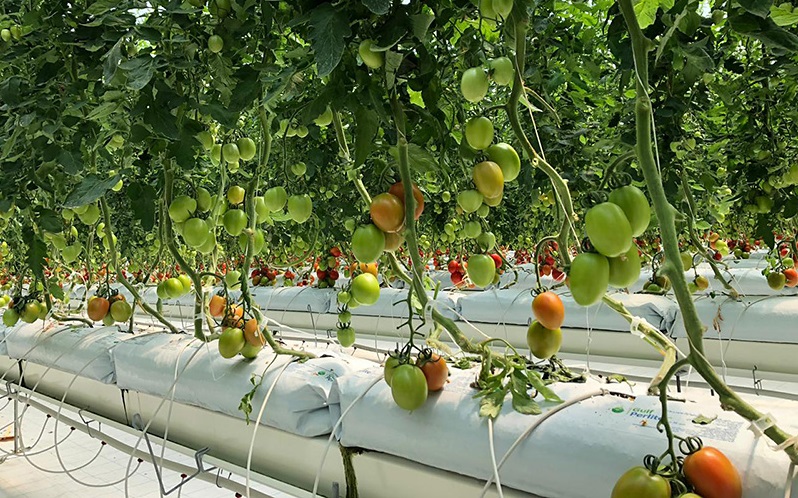Perlite is a versatile and popular hydroponic substrate known for its lightweight and porous nature. It’s a favored choice among hydroponic growers due to its excellent aeration and drainage properties. In this 800-word blog post, we’ll explore perlite’s characteristics, benefits, and how to use it effectively in your hydroponic system. For more information regarding hydroponic plant one can visit our site https://hydroponicglobal.com.au/.
Understanding Perlite:
Perlite is a naturally occurring volcanic glass that undergoes a high-temperature expansion process, puffing up like popcorn. This expansion results in a lightweight, white, granular material with a unique structure characterized by tiny, sealed air pockets.
Advantages of Using Perlite in Hydroponics:
1. Aeration: Perlite’s most significant advantage is its exceptional aeration properties. The porous structure allows for the easy exchange of oxygen and carbon dioxide around plant roots, promoting healthy root growth.
2. Drainage: Perlite’s porous nature also ensures efficient drainage, preventing waterlogged roots and root rot. This is especially valuable in hydroponic systems, where overwatering can be a concern.
3. pH Neutral: Perlite is pH neutral, which means it won’t significantly affect the pH of your nutrient solution. This provides greater control over your system’s pH levels.
4. Reusable: Perlite can be cleaned and sterilized for reuse in subsequent growing cycles, making it an environmentally friendly choice.
5. Lightweight: Its lightweight nature is advantageous for easy handling and transportation of the growing medium.
6. Versatile: Perlite is suitable for various hydroponic systems, including container gardening, flood and drain systems, and drip systems.
Using Perlite in Hydroponics:
Here’s how to effectively use perlite in your hydroponic system:
1. Prepare the Medium:
– Perlite can be used on its own or mixed with other substrates, depending on your specific needs. It’s often blended with coconut coir or vermiculite to improve water retention while maintaining good aeration.
2. Container or Hydroponic System:
– Fill your containers or hydroponic system with the perlite-based medium. Ensure proper drainage to prevent waterlogging.
3. Planting:
– Plant your hydroponic crops as you would in soil, making sure the roots have good contact with the perlite. Monitor plant spacing and follow recommended guidelines for your specific crop.
4. Irrigation:
– Depending on your crop’s requirements, set up a watering schedule. Perlite drains quickly, so you may need to irrigate more frequently than with other substrates.
5. Nutrient Solution:
– Maintain your nutrient solution at the appropriate pH and EC levels. Perlite’s neutral pH allows you to have better control over your nutrient solution’s pH.
6. Monitoring:
– Regularly check the moisture levels in the perlite and ensure that your plants are not becoming waterlogged or dehydrated.
7. Reuse and Maintenance:
– After the growing cycle, perlite can be reused. To prepare it for reuse, clean and sterilize it thoroughly to eliminate any potential pathogens.
Tips for Using Perlite:
– When handling perlite, use proper protective gear, including gloves and a mask, as the dust can be irritating to the skin and respiratory system.
– Consider using perlite in combination with other hydroponic substrates to optimize water retention and aeration for your specific crop.
– Perlite may float in some hydroponic systems. To prevent this, you can cover the surface with a layer of plastic or mesh to hold the perlite in place.
Conclusion:
Perlite is a valuable hydroponic substrate known for its exceptional aeration and drainage properties. It provides an ideal environment for healthy root growth and can be used in various hydroponic systems. Whether you’re growing leafy greens, vegetables, or flowering plants, perlite can help you achieve robust and vigorous plant growth in your hydroponic garden. Just remember to maintain proper irrigation and nutrient levels and consider its lightweight nature when handling and arranging your hydroponic system.

